For many years, the people of Ban Sen island commune (Van Don) have always been proud to own a precious orange variety called Sen orange. Sen orange has only one harvest a year on the occasion of Lunar New Year, so it is very convenient for consumption. Every farmer who grows the tree is looking forward to the sweet harvest season. However, due to the consequences of storm No. 3 ( Yagi ), the fruit has not yet reached the harvest season and has fallen all over the hills.
Gold on stone
That is the story of the Sen orange tree, a precious product of Ban Sen commune. According to the elders, this is a precious native orange variety that has existed for hundreds of years. In appearance, it resembles Bo Ha orange ( Hung Yen ), but the Sen orange is tastier and sweeter.
The sweet taste of Sen oranges is explained by the fact that the trees are grown in areas with rocky cavities, where rainwater washes away and dissolves limestone, creating a mixture that neutralizes acidity, making the oranges more fragrant and sweet. The proof is that oranges in Na San villages, areas with hills or near rocky mountains, produce fragrant, sweet, large, juicy, and more delicious fruit than other places. When the oranges are cut open, the orange juice is honey-colored and very sweet.

In the past, the first people who came to Ban Sen to reclaim land and settle down migrated from the Red River Delta. At first, they were not used to fishing, so they lived off the forest, in the valleys to grow rice, and on the mountainside to propagate oranges for planting. Farmers who planted trees had to pay monthly income to the Van Hai commune chief (a Ngoc Vung native), called forest tax. It was called that because the people's lives depended on the forest. Oranges were planted in forests on the mountainside. Even in Ban Sen, there was a separate hamlet called Tra Ban hamlet that specialized in growing oranges and tea in exchange for rice and food brought by merchant ships. There was also a hamlet that grew a lot of oranges, which the locals called Cam hamlet.
During the years of the centralized economic planning, Ban Sen had 5 labor exchange groups, including 1 group growing oranges and tea. In 1960, a cooperative was established called Ban Sen Orange and Tea Cooperative alongside the rice growing and fishing cooperatives. Later, the cooperatives no longer existed, but Ban Sen still had dozens of families who were attached to and preserved this precious variety for many generations.
Mr. Hoang Anh Tuan, Chairman of the People's Committee of Ban Sen Commune, said: I don't know where the origin of this precious tree comes from, but there was a time when Sen oranges were the main tree in the development of the local economy, bringing in a significant source of income. In addition to the awareness of preserving precious genetic resources through many generations, Ban Sen orange growers have drawn on their experience in fertilization to promote the values of oranges.
According to Mr. Kieu Van Tan, in Na San village, this is a relatively difficult variety of tree, often suffering from soot and insect diseases, so it is necessary to fertilize and supplement the tree with natural organic fertilizers; treat the tree with traditional methods instead of spraying chemicals. Normally, Sen oranges are planted for about 5 years before bearing fruit. However, people do not harvest them in the "unripe rice" style, but pick the fruit early so that the next season the tree will be strong, produce large, delicious fruit and last for many seasons. Also because they are planted on high mountains, some areas have to work harder to harvest, and the transportation down must use winches and pulleys.
Good quality lotus oranges during Tet season are sold at 70,000 - 80,000 VND/kg, but supply cannot meet demand, they are sold out as soon as they are picked. The products have been labeled, packaged OCOP, and certified to meet food safety and hygiene conditions.
Ms. Tran Thi Ngát, Party Cell Secretary, Head of Dong Linh Village, said: Orange growers in Ban Sen also have enough to eat and save. There were five years when Mrs. Hoang Thi Man's family in Dong Linh Village earned 200 million VND from selling Sen oranges. Or like Ms. Pham Thi Thu's family in Na San Village grew more than 3 hectares of oranges on the mountainside. During the harvest season, her family had to climb more than 2km of mountain roads every day to pick oranges. Last year's orange crop, her family harvested 10 tons of fruit. There were five years when Ms. Thu's family pocketed over 500 million VND. Therefore, many people liken Sen oranges to "gold on the mountain rocks", preserved for hundreds of years as a "treasure" to escape poverty.

Through the crisis
To have sweet fruits to sell to diners, orange growers in Ban Sen have had to experience many bitter and sour experiences. Many people still remember clearly the historic flood nine years ago. The mudslide pushed boulders weighing up to six or seven tons down, piling them up several meters high, surrounding four houses. Dozens of houses in the village were submerged in water. In some places, the water rose up to 11 meters high, the only thing that remained above the water were two high-voltage electric poles. Nearly 100 people were living in the open air, sleeping on the ground, watching dozens of hectares of specialty oranges being washed away, submerged in mud or rotting.
A year later, Van Don district built a resettlement area for the people. People were given new land for production and were still allowed to develop the economy on the land where they lived. Therefore, many people began to have the idea of restoring the Sen orange growing profession. 9 years after the terrible flood, the orange trees that people replanted in 2016 have now reached their most mature age. Gradually, orange trees have covered the dry land on the steep cliffs. It is estimated that the area of native oranges in Ban Sen is currently about 20 hectares, concentrated in Dong Linh and Na San villages, each with about 5 hectares. The remaining area in Cam village, where there are the most limestone mountains, is 7 hectares.
In early September this year, receiving the first news about storm No. 3, Ban Sen people could not help but worry about a bad scenario of 2015 being "rewritten" by nature. That worry was not unfounded. The storm really came. But unfortunately, the oranges that were not yet in season were bitter to pick, so who could sell them to?

Returning to Ban Sen commune after the storm had passed, we realized that everything was still quite messy. Just going up to the wharf, I met Mrs. Vu Thi Chanh from Na San village, who has lived on the island for decades. After greeting her, the first thing I asked her was how the Sen orange gardens were, whether they had stood firm after the storm. With a sad face, Mrs. Chanh shook her head and said, they had all fallen. This year, there would be no more oranges to eat.
The storm was like a giant knife cutting the trees in half. The big orange leaves, if not falling, were crushed and dried by the storm as if they had been hit by fire. The famously delicious orange trees of Lang Van tea in Ban Sen were now completely bare. All the oranges had fallen off. The livelihood of the people of Ban Sen island commune was seriously threatened by the wrath of nature.

Mr. Hoang Anh Tuan, Chairman of Ban Sen Commune People's Committee, sadly informed: The storm caused heavy damage to 100% of the production forest area and 30 hectares of winter-spring rice. The Sen orange trees had broken branches and all the fruit fell off. Up to 70% of the Sen orange area was irreparably damaged. Only about 30% of the remaining area can be salvaged to harvest fruit this Tet holiday.
After the natural disaster, orange farmers face another pest. That is the red-eyed moth, also known as the ghost moth, with the ability to drop fruit wherever it stings. This type of insect loves to attack oranges during harvest season. In particular, after a storm, any orange that is still on the branch is scratched. The smell from the cracks is very attractive to insects. Those cracks are also convenient for the red-eyed moth to easily penetrate without having to bother to poke its proboscis. That is the favorite food of the red-eyed moth.
At the end of the year, the red-eyed moths multiply so quickly that it can become an epidemic. Mr. Hoang Anh Tuan informed that there are so many red-eyed moths that some households caught thousands of them in 2 days. The remaining fruit on the branches after the storm is also at risk of falling because of red-eyed moths.
When will it be over?
Mr. Hoang Anh Tuan, Chairman of Ban Sen Commune People's Committee, said: After the storm, we mobilized people to check the damaged orange area, for trees with broken branches, try to find solutions to restore the damage, take good care of the fruits that can still be harvested at the end of the year. At the same time, we also conduct a review of households borrowing capital from policy banks to grow oranges and at the same time provide solutions to overcome difficulties for people. The commune will have solutions to re-plan the growing area, support people to preserve the precious genetic resources of Ban Sen oranges.

Saying goodbye to Ban Sen, we boarded the boat to return to Cai Rong wharf. The wooden boat ride from Ban Sen to Cai Rong took more than an hour drifting on Bai Tu Long Bay. As if to help us forget the waiting time, the funny boat owner made a special pot of tea to treat the passengers. As soon as he poured the pink tea into the cup, I noticed the faint aroma wafting throughout the cabin.
The boat owner offered us a cup to enjoy and said, drink this tea with the lotus oranges, a specialty here. This year, there is only Van tea left to drink because all the oranges have fallen. (Ban Sen, together with Quan Lan, Minh Chau, Ngoc Vung, is called Van Hai commune, and the people call it Lang Van, perhaps Van tea is named after the village).
The ship owner paused, letting his words hang in the pale autumn afternoon. His eyes stared pensively at the rocky mountains gradually fading into the distance. There, there used to be lotus orange trees laden with fruit. I knew he was imagining the future orange crops.
Source





![[Photo] Opening of the World Cultural Festival in Hanoi](https://vphoto.vietnam.vn/thumb/1200x675/vietnam/resource/IMAGE/2025/10/10/1760113426728_ndo_br_lehoi-khaimac-jpg.webp)
![[Photo] Ho Chi Minh City is brilliant with flags and flowers on the eve of the 1st Party Congress, term 2025-2030](https://vphoto.vietnam.vn/thumb/1200x675/vietnam/resource/IMAGE/2025/10/10/1760102923219_ndo_br_thiet-ke-chua-co-ten-43-png.webp)
![[Photo] General Secretary attends the parade to celebrate the 80th anniversary of the founding of the Korean Workers' Party](https://vphoto.vietnam.vn/thumb/1200x675/vietnam/resource/IMAGE/2025/10/11/1760150039564_vna-potal-tong-bi-thu-du-le-duyet-binh-ky-niem-80-nam-thanh-lap-dang-lao-dong-trieu-tien-8331994-jpg.webp)
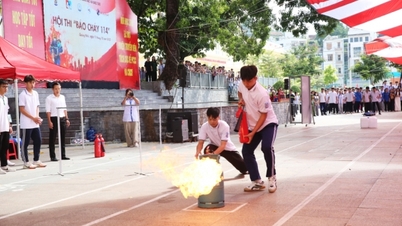


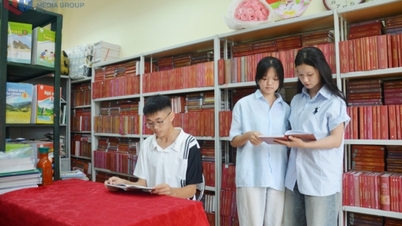
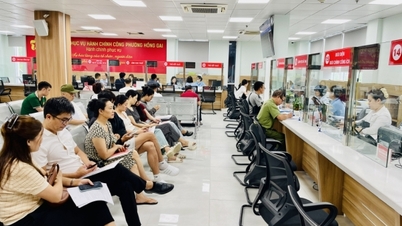






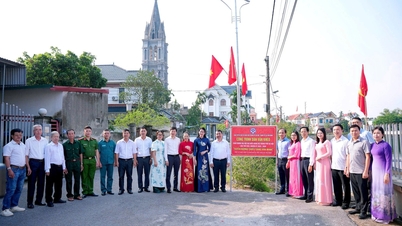
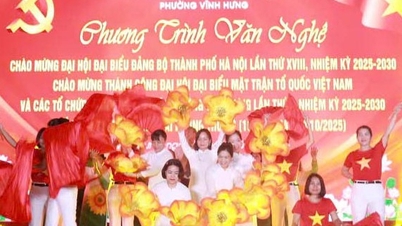


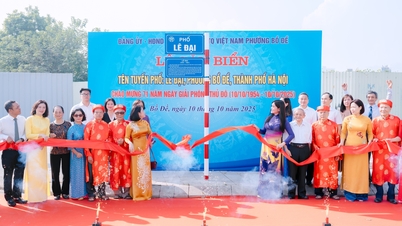































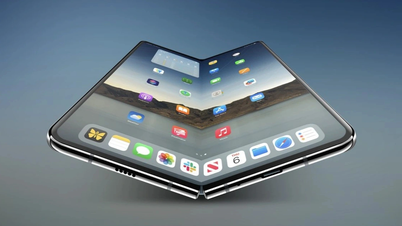
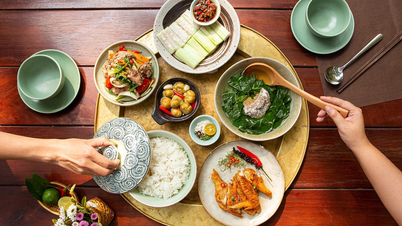
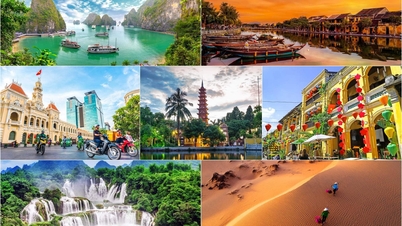



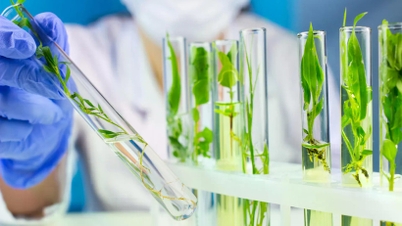
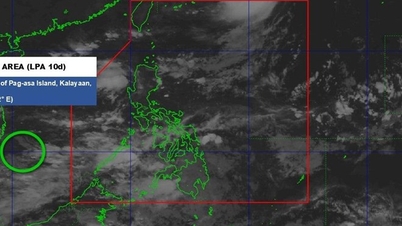


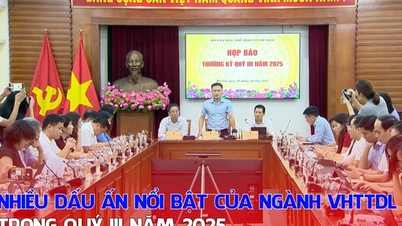

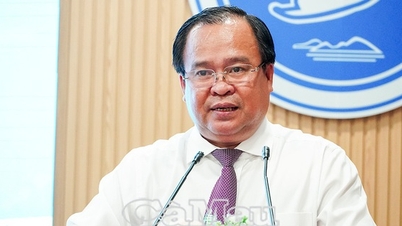


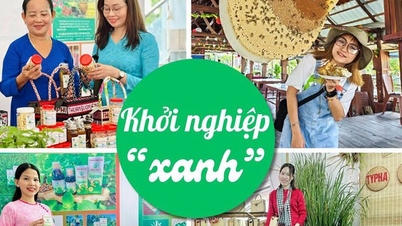

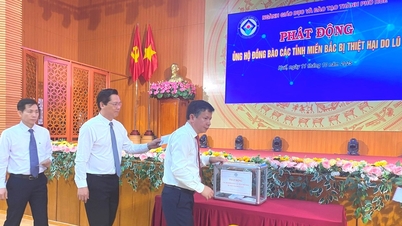

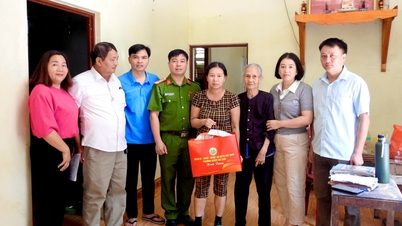






















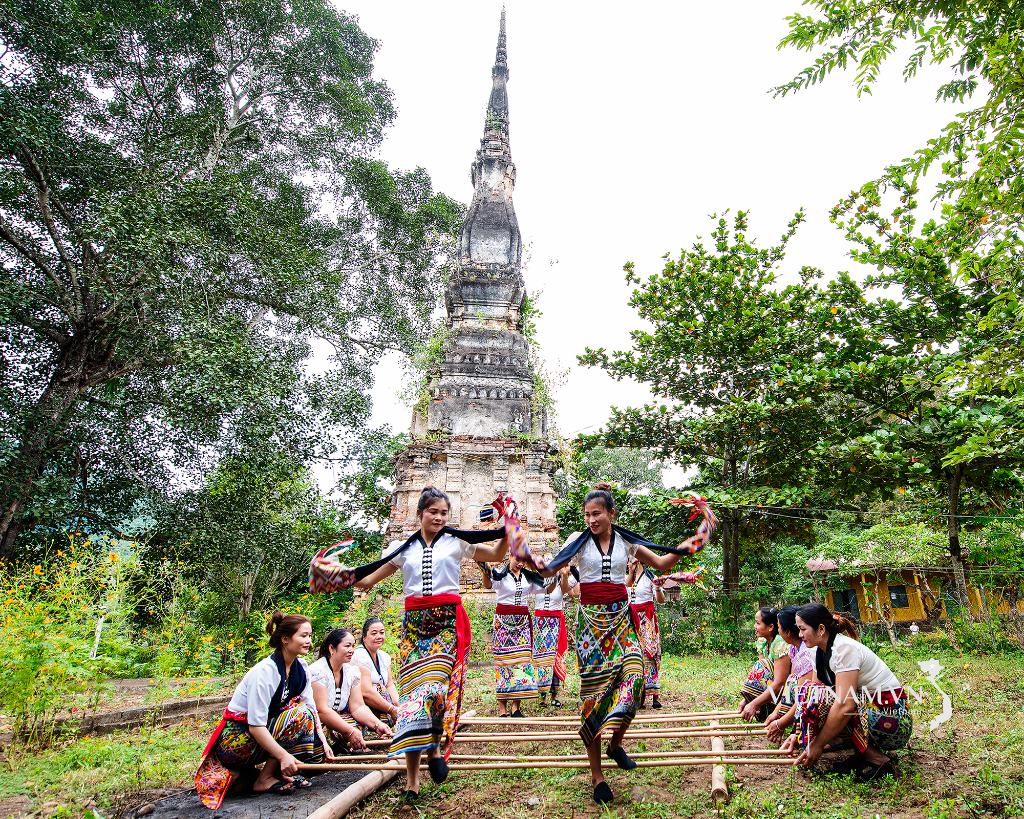

Comment (0)